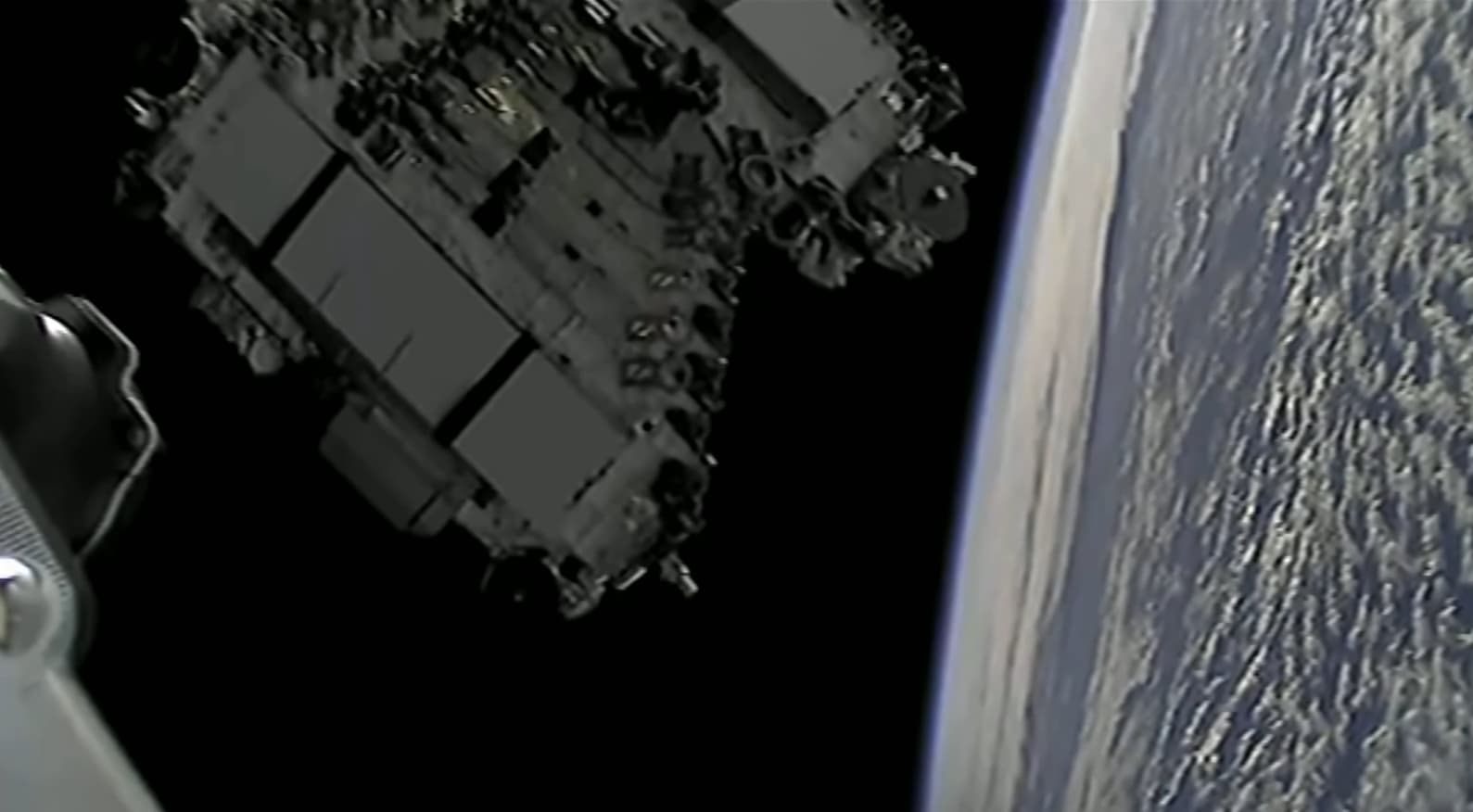Products You May Like
Elon Musk’s SpaceX expects to lose nearly an entire launch’s worth of Starlink satellites after a storm created by the sun struck the Earth’s atmosphere.
The company launched 49 Starlink satellites with a Falcon 9 rocket on Feb. 3. The mission was successful in delivering the batch of satellites to orbit, but disaster struck the next day.
A geomagnetic storm disturbed the Earth’s atmosphere. The Starlink satellites were in a low orbit, and the company said “up to 40 of the satellites” will be lost because of the storm, burning up in the Earth’s atmosphere.
Tamitha Skov, a research scientist of the Aerospace Corporation, broke down the basics of a geomagnetic storm for CNBC: First, “the sun shoots off magnets” in the form of a storm. The Earth’s magnetic shield dumps the solar storm’s energy into our planet’s upper atmosphere and heats it up, causing it to inflate and become denser. This increases the drag on satellites in low Earth orbit.
SpaceX said that “the escalation speed and severity of the storm caused atmospheric drag to increase” as much as 50% more than the satellites typically experience in low orbit. After the increased atmospheric drag was detected, the company’s operations team put the satellites into a fail-safe mode that rotates the spacecraft onto its edge to reduce drag – a position the company has previously described as a “shark-fin” orientation.
About 10 of the Starlink satellites are expected to survive and climb to their intended destination orbit.
SpaceX did not indicate whether it was aware of the storm, which the National Oceanic and Atmospheric Administration says was generated by a solar flare on Jan. 29.
NOAA measures geomagnetic storms on an increasing severity scale of G1 to G5. The agency had issued a warning for a “likely” geomagnetic storm of G1 to G2 on Feb. 2, the day before SpaceX launched.
There are an average of 1,700 such G1 storms over the course of a solar cycle, according to NOAA data highlighted by Erika Palmerio – a space weather research scientist at Predictive Science, a company that supports solar studies for U.S. government agencies.
“It’s a quite common situation in terms of geomagnetic activity” to see a storm the strength of the one that knocked out the Starlink satellites last week, Palmerio said.
SpaceX deploys the satellites in a lower orbit initially to both launch more at a time and so that any issues identified after launch will result in a malfunctioning satellite quickly deorbiting and burning up in the atmosphere. The company advertises its Starlink satellites as designed to fully disintegrate when reentering, “meaning no orbital debris is created and no satellite parts hit the ground.”
What the loss means for SpaceX
As a private company, SpaceX does not disclose the exact cost of its Starlink satellites or its Falcon 9 launches – but losing the majority of the mission could be a financial hit upward of $50 million.
The company has revealed previously that, when SpaceX reuses its Falcon 9 rockets, the cost per launch is about $28 million to $30 million. And, for the satellites, the company’s leadership has said that an estimate of $1 million cost per spacecraft was “way off.” At half that estimate – or $500,000 per satellite – the loss of about 40 satellites would be worth around $20 million.
Notably, SpaceX has previously deorbited “one or two” Starlink satellites after a mission, astrophysicist Jonathan McDowell explained to CNBC. McDowell is an astrophysicist at the Harvard-Smithsonian Center for Astrophysics and catalogues satellite launches.
“But to lose most of the batch is unheard of,” McDowell said. “This is huge compared to anything that’s happened before.”
McDowell also said the loss is significant for SpaceX as, “in the context of historic satellites launches” the company has “been pretty successful.”
“The rocket at least is really reliable … and since mid-2020 there have been relatively few total failures of Starlink satellites,” McDowell said.
